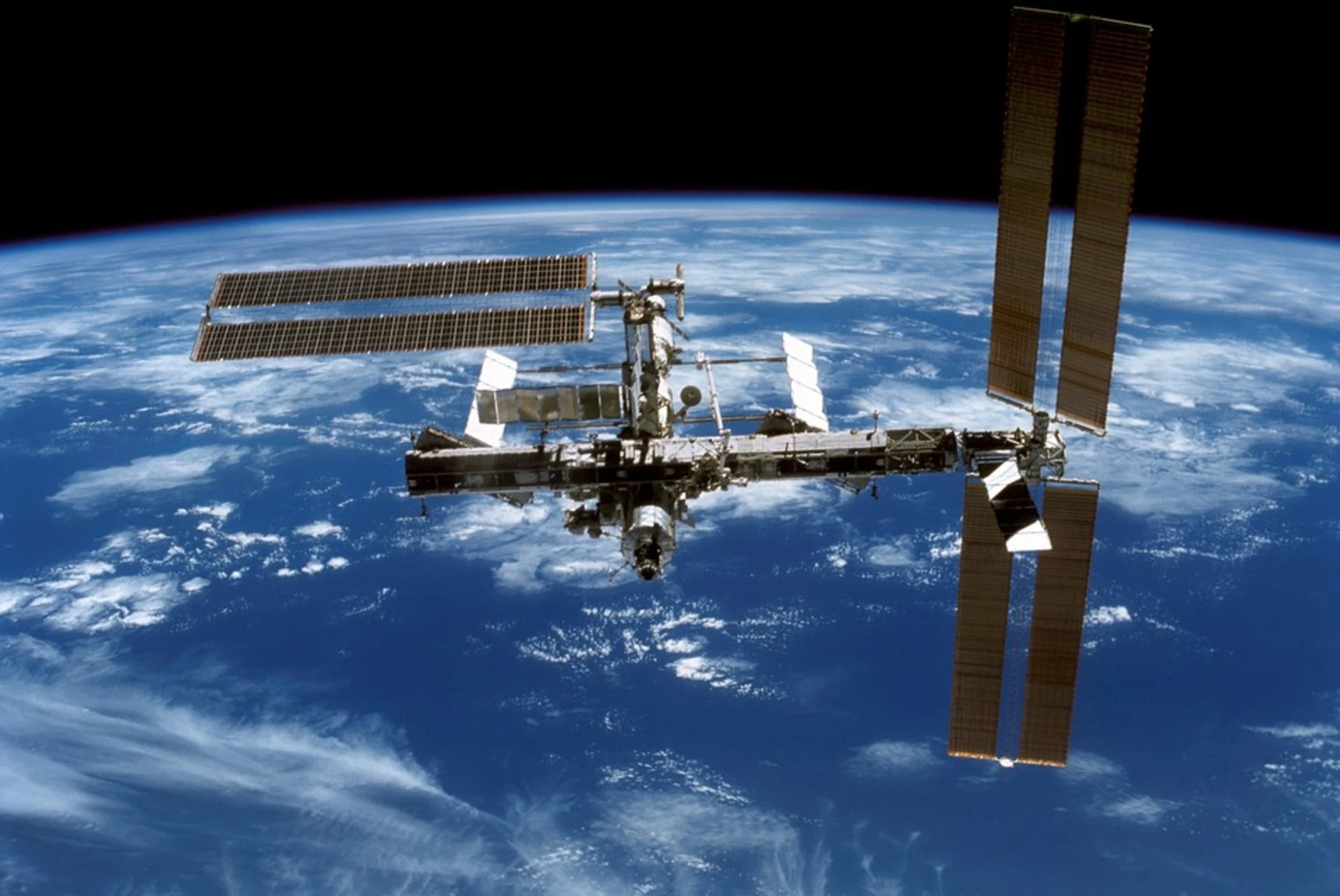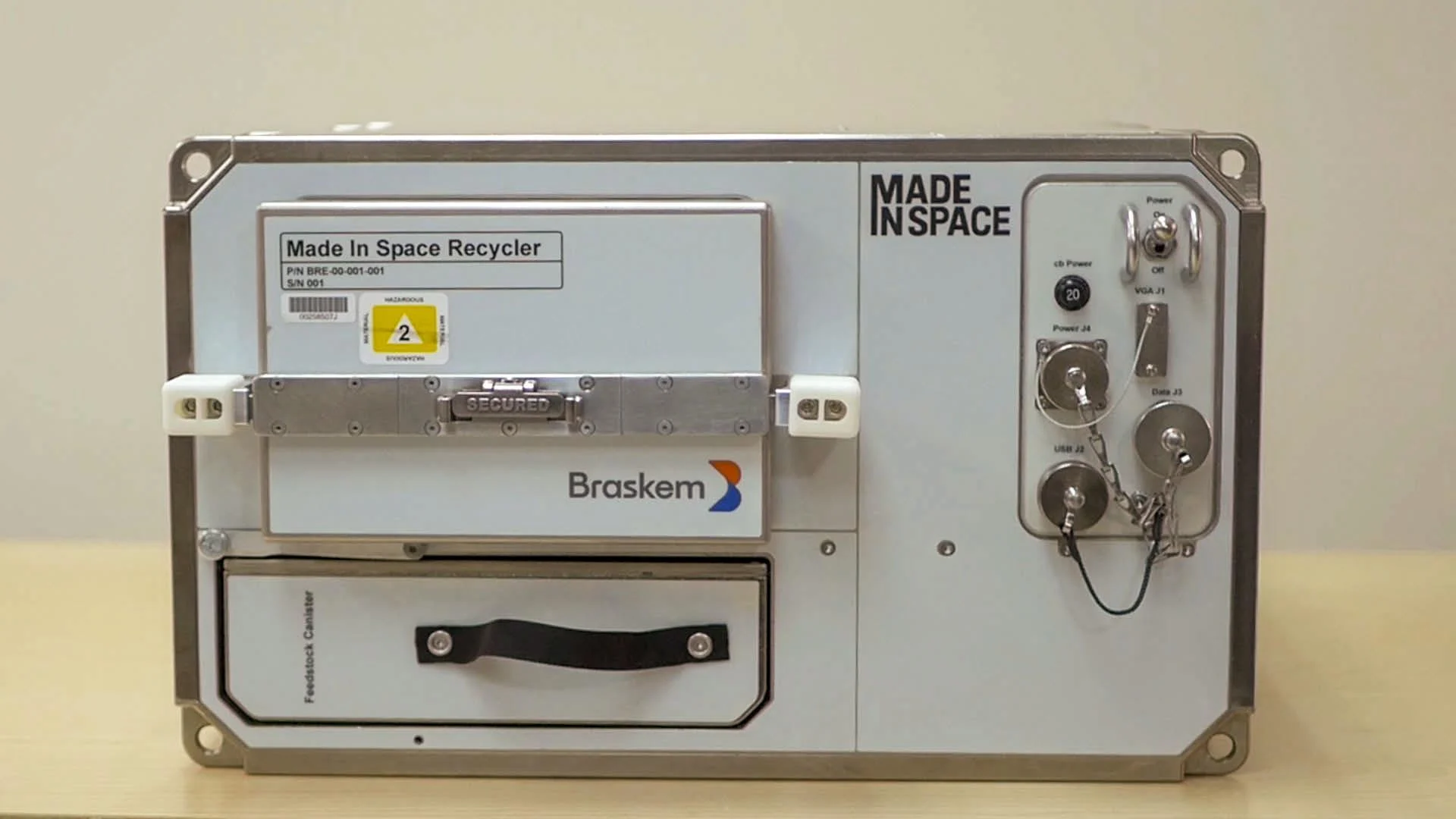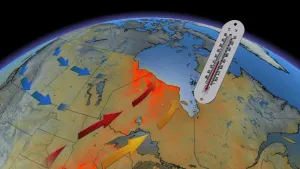
New space station tech recycles science fiction into science fact
We're still a long ways away from having replicators, but this is a great start in that direction
Star Trek had 'replicators' - the almost magical contraptions capable of producing any object by building it up on a molecular level, and presumably breaking it down in the same way. In the more recent science fiction series The Expanse spaceships have 'recyclers'. These more realistic machines melt down the polymers used in everything from clothing, dishes and personal items, to ship components and tools, to be reused to make new objects, again and again, from the same materials.
Now, this kind of technology is seeing its debut in reality, in a series of science experiments sent to the International Space Station.
The most recent of these experiments, Made In Space - Recycler, arrived at the ISS on Monday, on board the Cygnus cargo vessel launched into orbit on Saturday, November 2.

The new Made In Space - Recycler is a new piece of tech for the Space Station, specifically designed to support the 3D printer installed there back in 2014. Credit: NASA
According to NASA: "The Made in Space - Recycler recycles polymer materials into filament that can be used as feedstock for the Made in Space 3D printer on the space station. Crews can use materials and parts that have reached the end of their useful life to create new items using 3D printing. This reduces the weight and mass of supplies that must be brought into space from Earth, an important capability for deep space missions."
Before this kind of recycler technology became available, the crew would simply dispose of the plastic packing materials they received with each shipment, as well as the broken or old 3D printed tools. They would load them onto a Cygnus craft or the Japanese HTV vessel, and let it all get burned up as the craft re-entered Earth's atmosphere. Best case, they would return the packing materials on the Dragon spacecraft to be reused for future launches.
Now, however, the astronauts can put all those materials to use on the station. By simply feeding these broken or old tools, and even the packing materials, into the Made In Space - Recycler, they can break it all down into the plastic polymers the Made In Space 3D printer uses to make new tools and objects.
This is a great way to test recycling methods for long-duration missions (such as to the Moon or Mars), but it will also save space on both future space launches and return trips, as it will eliminate the need for NASA to send up batches of 3D printer polymers to the station.
Additionally, as with many ISS science experiments, this not only has implications for space travel, but it will also be important here on Earth. According to the company, Made In Space, this new technology for the space station "supports conservation of resources and reduction of waste on Earth."
Stand by for the first freshly-baked cookies in space!
Also on board this Cygnus cargo ship was a new oven meant for the space station.
Currently, all hot food that the astronauts eat while in space is cooked and packaged on Earth and shipped up to be reheated by the crew at mealtime.
It's very difficult to actually cook food in space because the microgravity environment makes it impossible to work a standard convection oven. For that kind of oven to work, you need a steady gravity field, to allow you to keep a constant temperature of hot air flowing past the food to bake it. If you tried to run a normal oven in space, you'd probably just start a major fire, because the air around the heating element would get hotter and hotter without moving, and eventually you'd set the oven on fire. All this without actually cooking the food.
The new oven, named the Zero-G Kitchen, is specially designed to surround the food with a stable pocket of hot air, and to keep that pocket of air at the correct temperature to bake the food inside it.
Former NASA astronaut Mike Massimino talks about this new invention, below:
Sources: NASA | Made In Space | Zero-G Kitchen










